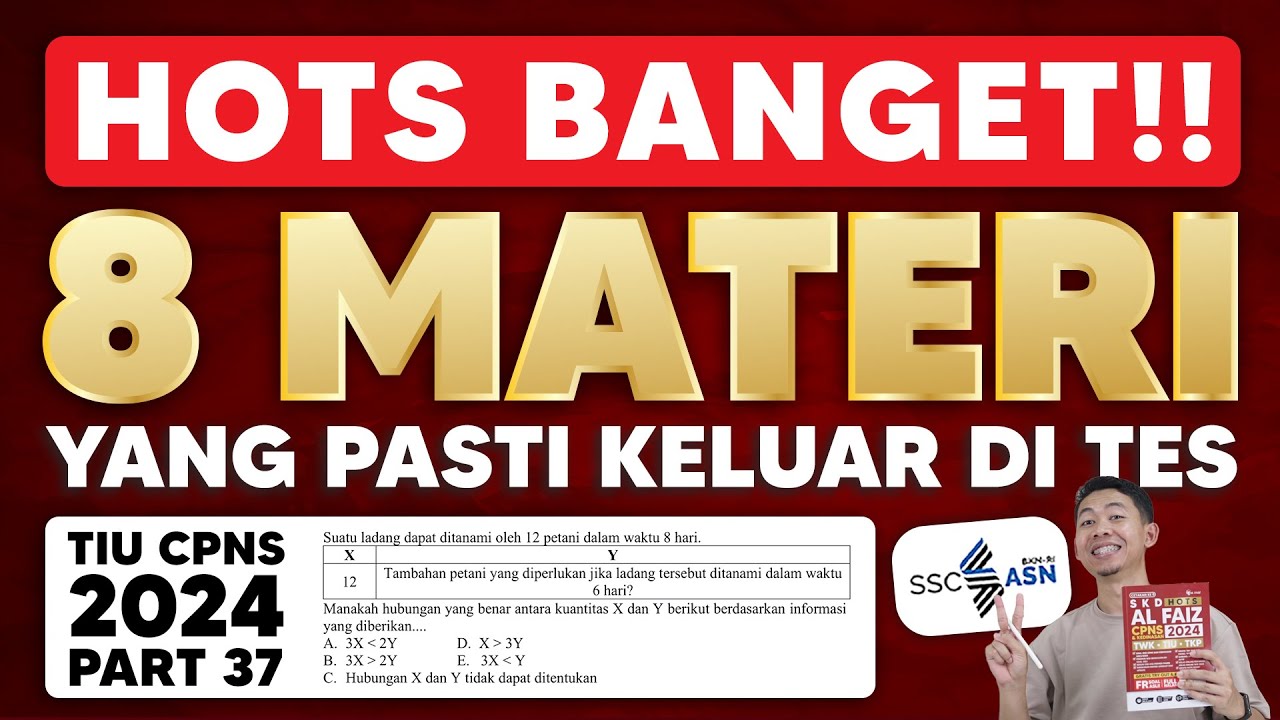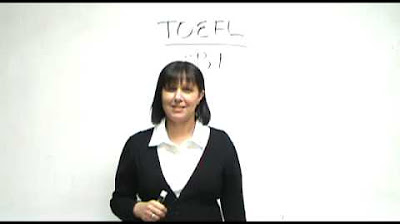我如何托福考 117 分
Summary
TLDRThis video shares tips for preparing for the TOEFL exam in 2023 based on recent changes. It recommends resources like Smithsonian Magazine to improve reading, Scientific American podcasts to enhance listening, and toeflresources.com for speaking/writing structure. It notes the shortened test length, removal of unscored questions, and new academic discussion section. For reading, it advises close reading focused passages using context clues for vocabulary. For speaking, it suggests memorizing templates. For writing, it details the integrated and academic task structures. It emphasizes clearly expressing your perspective concisely for high scores.
Takeaways
- 😀 The TOEFL test format changed in 2023 - reduced to under 2 hours total and no unscored pretest sections.
- 📝 Reading section now only has 2 passages instead of 3-4 before.
- ✏️ Independent writing removed, replaced with more concise integrated academic discussion.
- 📚 For reading - focus on history, biology, and science articles. Read Smithsonian Magazine.
- 🎧 For listening - practice with 10 minute Scientific American podcasts with transcripts.
- 😄 Memorize simple speaking templates from TOEFL Resources for better structure and flow.
- 🖋 Spend time preparing carefully for writing section - study official scoring rubrics.
- ✍️ Integrated writing - summarize 3 points from reading and listening, no conclusion needed.
- 💡 Academic discussion - brainstorm 2-3 clear reasons to support your perspective.
- 🤖 Use ChatGPT to generate well-structured English ideas if you lack opinions initially.
Q & A
What are some of the most common reading challenges on the TOEFL test?
-Some common challenges are not finishing reading the passages in time, not understanding passages when words are combined together, and falling for trap answers that contain information not actually stated in the passage.
What are some of the best resources for practicing TOEFL reading comprehension?
-The website Smithsonian Magazine has many articles on TOEFL-relevant topics like history and science. You can also subscribe to free email newsletters that provide useful vocabulary and sentence structures.
How can you improve your TOEFL listening skills?
-Listen to short podcasts from Scientific American and take notes. Then read the transcript and compare it to your notes to identify gaps.
How can you improve your TOEFL speaking scores?
-Memorize and practice using simple speaking templates for different question types. Also practice transition phrases to connect your ideas smoothly.
What is the structure of the TOEFL integrated writing task?
-For integrated writing, summarize three points from the reading and contrast them with three opposing points from the lecture. Follow the introduction and body paragraph templates.
How can you generate ideas for the TOEFL independent writing task?
-If you can't think of ideas in English, first brainstorm in your native language. You can also use AI tools like ChatGPT to generate sample ideas and reasons.
What are some of the recent changes to the TOEFL test format?
-The test length is now under 2 hours. There are no unscored pretest questions, and independent writing is replaced with a simplified academic discussion.
What English proficiency level do Taiwanese test takers need to aim for on the TOEFL?
-Focus on clearly expressing your viewpoints in at least 100 words. With good comprehension and concise writing, Taiwanese test takers can achieve high scores.
What are some key TOEFL resources mentioned in the video?
-Smithsonian Magazine for reading, Scientific American for listening, TOEFL Resources for speaking/writing templates, and the official ETS website for free practice tests.
What is the speaker's background and motivation for taking the TOEFL?
-The speaker is Taiwanese and took the TOEFL to apply for master's programs in Taiwan. The test was required for English proficiency verification.
Outlines

This section is available to paid users only. Please upgrade to access this part.
Upgrade NowMindmap

This section is available to paid users only. Please upgrade to access this part.
Upgrade NowKeywords

This section is available to paid users only. Please upgrade to access this part.
Upgrade NowHighlights

This section is available to paid users only. Please upgrade to access this part.
Upgrade NowTranscripts

This section is available to paid users only. Please upgrade to access this part.
Upgrade NowBrowse More Related Video

TOP Temas OAB! [Atualizado 2024 ✅]

Tips dan Trik Dapat Skor Toefl Lebih dari 500 ✨ Tips Lengkap All Skills

SOAL CPNS 2024 8 MODEL SOAL TIU YANG PASTI KELUAR

Fix these COMMON mistakes BEFORE you take your TOEFL Exam! Typical Problems Students Face on TOEFL

TOEFL Basics - Introduction to TOEFL iBT

How I Prep for Final Exams as a 4.0 Student 💯📚
5.0 / 5 (0 votes)